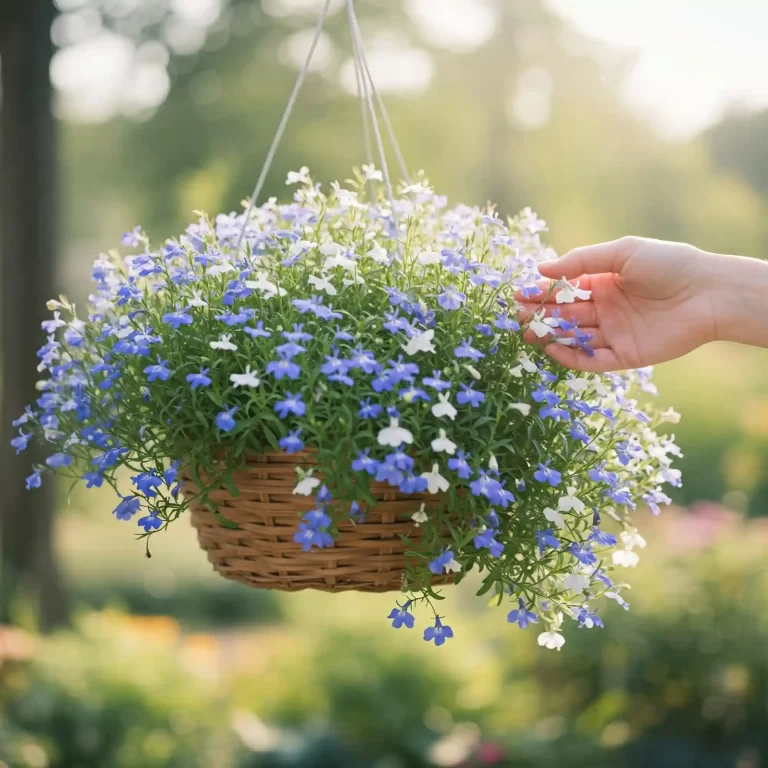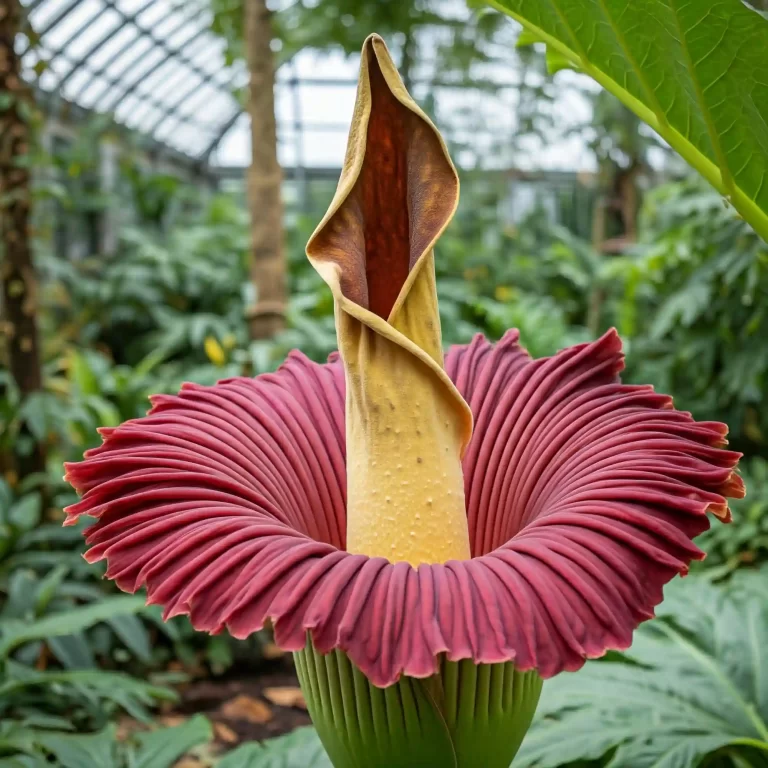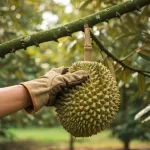Are you dreaming of a garden adorned with carpets of delicate, star-shaped blooms? Look no further than Persian candy-tuft. This enchanting plant, with its profusion of white, pink, or purple flowers, can transform your outdoor space. However, growing Persian candy-tuft successfully requires careful attention to its specific needs. This comprehensive guide will equip you with the knowledge and expertise to cultivate thriving Persian candy-tuft flowers in your garden.
Understanding Persian Candy-Tuft Flowers
Persian candy-tuft, scientifically known as Iberis sempervirens, is a perennial flowering plant beloved for its low-growing, mat-forming habit. Native to mountainous regions of Europe and Asia Minor, it has adapted to thrive in a variety of climates. Characterized by its evergreen foliage and abundant blooms, Persian candy-tuft is a versatile plant that can be incorporated into various garden designs.
Popular Persian Candy-Tuft Varieties
Persian candy-tuft boasts several cultivars, each offering unique characteristics. Some popular varieties include:
- Snowflake: Known for its pure white flowers and compact growth habit.
- Pink Ice: Delights with its soft pink blooms and spreading nature.
- Little Gem: A dwarf variety perfect for rock gardens and containers.
- Purity: Produces masses of pristine white flowers.
These varieties differ in terms of flower color, plant height, and spread, allowing gardeners to select the perfect cultivar for their specific needs.
Choosing the Perfect Spot for Your Persian Candy-Tuft
Persian candy-tuft thrives in specific growing conditions. Selecting the ideal location is crucial for its health and abundant flowering.
Ideal Growing Conditions
Persian candy-tuft favors full sun exposure. It enjoys at least six hours of direct sunlight daily. While it can tolerate partial shade, reduced sunlight may result in less prolific blooming.
Well-drained soil is essential for Persian candy-tuft. This plant dislikes soggy conditions, which can lead to root rot. Aim for a soil pH between 6.0 and 7.5. Incorporating organic matter like compost into the soil can improve drainage and fertility.
Consider your climate when choosing a planting site. Persian candy-tuft is hardy in USDA zones 4-9, tolerating a wide range of temperatures. However, it’s essential to protect plants in extremely cold regions with heavy mulch or winter cover.
Site Preparation
Before planting, prepare the chosen site by removing weeds, rocks, and debris. Digging the soil to a depth of 12 inches will allow for proper root development. Incorporate compost or well-rotted manure to enrich the soil and improve drainage. Level the planting area for an even appearance.
Planting Your Persian Candy-Tuft
The timing of planting Persian candy-tuft depends on your climate and desired bloom time.
When to Plant Persian Candy-Tuft
For spring blooms, sow seeds indoors six to eight weeks before the last frost. Transplant seedlings outdoors once the soil has warmed and the risk of frost has passed. Alternatively, direct sow seeds in the garden after the last frost.
To enjoy autumn blooms, sow seeds in late summer. These plants will flower the following spring.
Planting Methods
- Sowing Seeds Directly: Prepare the soil by raking it to a fine texture. Scatter seeds evenly over the prepared area. Gently cover with a thin layer of soil. Water thoroughly.
- Starting Seedlings Indoors: Fill seed trays or pots with a well-draining seed starting mix. Sow seeds on the surface and lightly cover with soil. Maintain consistent moisture and place in a warm, sunny location. Once seedlings have developed two true leaves, transplant them into individual pots.
- Transplanting Seedlings: Dig planting holes twice the size of the seedling pots. Gently remove seedlings from their containers, taking care not to disturb the root ball. Place seedlings in the holes, ensuring they are at the same depth as they were in the pots. Fill in with soil and water thoroughly.
- Plant Spacing: Allow adequate space between plants for optimal growth. For most Persian candy-tuft varieties, space plants 6 to 12 inches apart.
Caring for Your Persian Candy-Tuft
Consistent care is essential for healthy Persian candy-tuft growth and abundant blooms.
Watering Your Persian Candy-Tuft
Persian candy-tuft prefers moderate watering. Aim to keep the soil consistently moist but not soggy. Avoid overhead watering, as wet foliage can increase the risk of fungal diseases. Deep watering is preferable to frequent shallow watering, encouraging deeper root growth.
Fertilizing Your Persian Candy-Tuft
While not heavy feeders, Persian candy-tuft benefits from occasional fertilization. Apply a balanced liquid fertilizer diluted to half strength once or twice during the growing season. Avoid over-fertilization, as it can lead to excessive foliage growth at the expense of flowers.
Pruning Your Persian Candy-Tuft
Regular pruning enhances the appearance and health of your Persian candy-tuft. Proper pruning encourages bushy growth, promotes repeat blooming, and prevents the plant from becoming leggy.
When and How to Prune
- Deadheading: After the initial flowering period, remove spent blooms to stimulate the production of new flowers. This process, known as deadheading, prolongs the blooming season.
- Light Pruning: In early summer, lightly shear the plant to maintain its shape and encourage bushier growth. Remove any weak or crossing stems.
- Heavy Pruning: For rejuvenating older plants or to control excessive growth, prune back by one-third to one-half of the plant’s height in late winter or early spring before new growth emerges.
Protecting Your Persian Candy-Tuft from Pests and Diseases
While Persian candy-tuft is generally resistant to pests and diseases, it’s essential to monitor your plants for potential problems.
Common Pests and Diseases
- Aphids: These tiny insects can infest plants, causing stunted growth and distorted leaves.
- Powdery mildew: A fungal disease that appears as a white powdery coating on leaves.
- Root rot: Occurs in excessively wet soil conditions, leading to plant decline.
Prevention and Treatment Tips
- Good air circulation: Space plants adequately to improve airflow, reducing the risk of fungal diseases.
- Regular inspection: Check plants regularly for signs of pests or diseases.
- Organic pest control: Use insecticidal soap or neem oil to control aphids.
- Proper watering: Avoid overwatering to prevent root rot.
- Fungicide: Apply a fungicide specifically formulated for powdery mildew if necessary.
By following these preventive measures, you can maintain the health and vitality of your Persian candy-tuft.
Propagating Persian Candy-Tuft
Expand your Persian candy-tuft collection by propagating new plants.
Propagation Methods
- Seed Propagation: Collect seeds from mature plants after flowering. Sow seeds directly in the garden or start them indoors for transplanting.
- Cutting Propagation: Take softwood cuttings in spring or early summer. Remove leaves from the bottom half of the cutting and dip the cut end in rooting hormone. Plant in a moist potting mix and cover with a plastic bag to maintain humidity.
- Division: Divide established clumps in spring or fall. Carefully separate the plant into sections, ensuring each division has roots and shoots. Replant the divisions in prepared soil.
Persian Candy-Tuft in Your Garden
Persian candy-tuft is a versatile plant that can be incorporated into various garden designs.
Companion Planting
Persian candy-tuft complements a wide range of plants. Consider pairing it with:
- Low-growing perennials: Creeping phlox, aubrieta, and thyme.
- Bulbs: Tulips, daffodils, and crocuses.
- Grasses: Ornamental grasses like fescue or carex.
- Shrubs: Boxwood, juniper, and lavender.
These combinations create visually appealing and harmonious garden displays.
Using Persian Candy-Tuft in Landscaping
Persian candy-tuft excels in various landscaping applications:
- Rock gardens: Its low-growing habit and tolerance for rocky conditions make it ideal for rock gardens.
- Borders and edgings: Create defined edges with rows of Persian candy-tuft.
- Ground cover: Plant in large masses to form a colorful carpet of blooms.
- Containers: Grow in pots or planters for added versatility.
Troubleshooting Common Persian Candy-Tuft Problems
While Persian candy-tuft is generally a low-maintenance plant, it can encounter some challenges.
Yellowing Leaves
Yellowing leaves may indicate overwatering, underwatering, nutrient deficiencies, or pest infestations. Adjust watering practices, provide appropriate fertilization, and inspect for pests.
Lack of Blooms
Insufficient sunlight, overcrowding, or improper pruning can reduce flowering. Ensure your plants receive adequate sunlight, thin out overcrowded plantings, and follow proper pruning techniques.
Refer to the previous section on pests and diseases for prevention and treatment strategies.
Conclusion
Growing Persian candy-tuft is a rewarding experience that adds beauty and charm to your garden. By following these guidelines and providing proper care, you can enjoy the vibrant blooms of this delightful plant for years to come. Experiment with different varieties, planting locations, and companion plants to create stunning floral displays that reflect your personal style.
Additional Tips
- Consider using a slow-release fertilizer to provide consistent nutrient supply.
- Mulch around plants to conserve moisture and suppress weeds.
- Protect Persian candy-tuft from harsh winter conditions with a layer of mulch.
- Experiment with different cultivars to create diverse color combinations.
- Share your Persian candy-tuft growing experiences with other gardeners.
By incorporating these tips into your gardening practices, you can enhance the beauty and longevity of your Persian candy-tuft plants.







